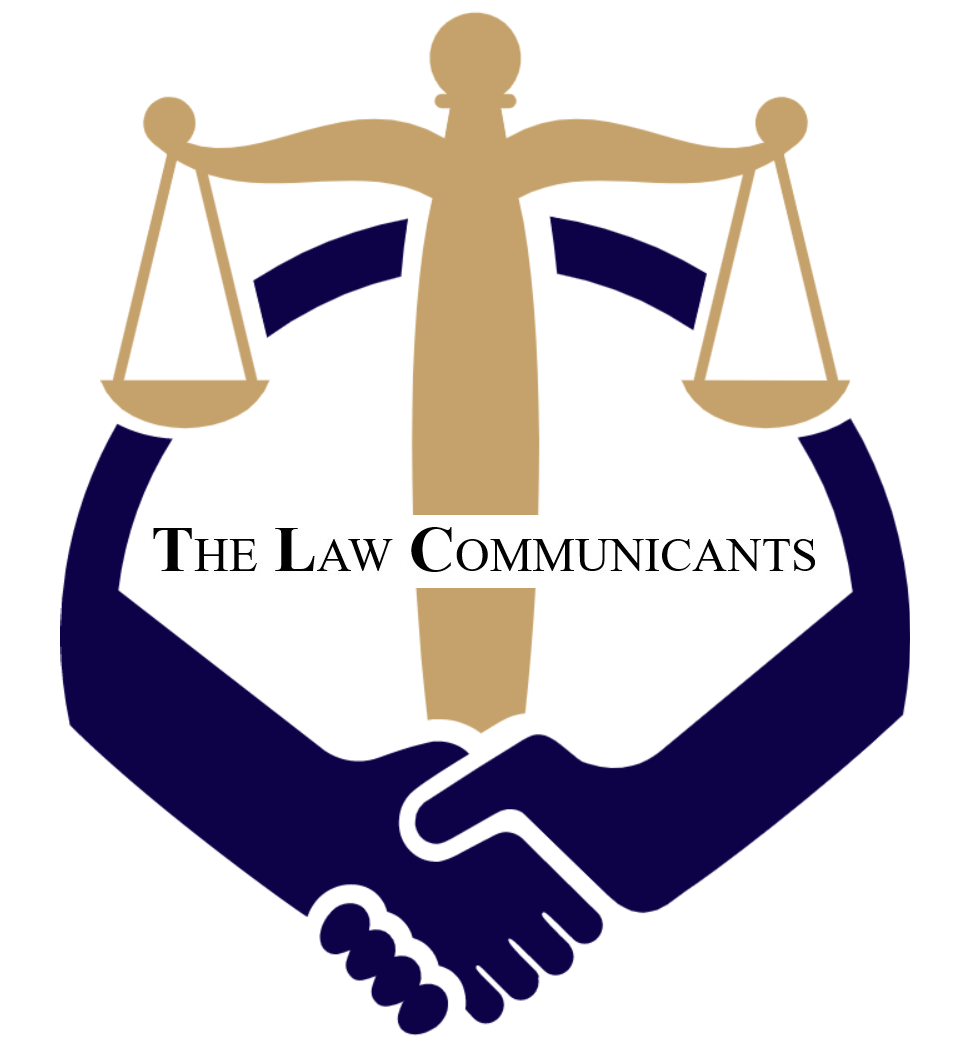Vicarious Liability: How Much Responsibility Do Employers Have?
Written by Samridhi Upadhyay
Table of Contents
- Abstract
- Introduction
- Legal Basics of Vicarious Liability
- Important Cases on Vicarious Liability
- Where Vicarious Liability Applies Today
- Challenges and Controversies
- Conclusion
- References
Abstract
Vicarious liability is a legal rule that makes employers responsible for the mistakes of their employees if they happen during work. The idea is that victims should have someone to claim compensation from, and employers are in the best position to prevent problems at work. But sometimes, this rule seems unfair, especially when the employer had nothing to do with the bad act. This article explains what vicarious liability is, how courts have shaped it over time, where it applies today, and why there are still debates about its fairness.
Introduction
Vicarious liability is a rule in tort law that makes employers responsible for their workers’ mistakes if they happen during their job. Usually, people are responsible for their own actions, but this is an exception. The reason behind this rule is that employers control their employees, can spread financial risks, and should be accountable for what happens in their business.This article looks at the legal background of vicarious liability, important court cases, how it applies today, and the debate over whether it is fair.
Legal Basics of Vicarious Liability
For vicarious liability to apply, three main things must be true:
- There must be an employer-employee relationship – The person must be an employee, not a freelancer.
- The employee must have done something wrong – This could be negligence, assault, or another tort.
- The act must be related to their job – The mistake must have a clear link to their work.
These conditions help make sure employers are not unfairly blamed for things completely outside their control.
Important Cases on Vicarious Liability
- Lister v. Hesley Hall Ltd. [2001] UKHL 22 – A school was held responsible for abuse by a warden because his job gave him access to the victims.
- Mersey Docks and Harbour Board v. Coggins & Griffith (Liverpool) Ltd. [1947] AC 1 – When a worker is “borrowed” by another company, the original employer can still be responsible if they keep control.
- Mohamud v. WM Morrison Supermarkets plc [2016] UKSC 11 – A supermarket was found responsible after an employee attacked a customer, showing that work-related interactions can create liability.
- Barclays Bank plc v. Various Claimants [2020] UKSC 13 – The Supreme Court confirmed that companies are not responsible for independent contractors, only direct employees.
These cases show how courts balance protecting victims and being fair to employers.
Where Vicarious Liability Applies Today
This rule affects many industries and shapes workplace policies. Some key areas include:
- Workplace Behavior – Employers can be responsible for harassment or discrimination by their employees.
- Healthcare – Hospitals can be responsible if doctors or nurses make mistakes.
- Online Work and Tech – As more work happens online, courts are deciding whether employers should be responsible for cyberbullying or data breaches.
- Gig Economy – Courts are still debating if companies like Uber should be responsible for their drivers’ mistakes.
Challenges and Controversies
Even though vicarious liability is important, it has problems:
- Is it fair to employers? – Some argue it is unfair to punish employers for things they didn’t do.
- What counts as “part of the job”? – The “close connection test” is often hard to apply, making legal outcomes unpredictable.
- Gig Economy Confusion – The difference between employees and freelancers is unclear, affecting who is responsible for mistakes.
- Balancing Policy Goals – Courts must decide whether to focus on helping victims or protecting businesses from unfair blame.
Conclusion
Vicarious liability is a key part of modern tort law, making employers responsible for workplace risks. It is an evolving rule that must balance protecting victims with being fair to employers. As business models change, especially with online work and gig jobs, courts will continue adjusting how this rule applies. Future legal developments will shape how vicarious liability works in modern employment settings.
References
- Lister v. Hesley Hall Ltd. [2001] UKHL 22.
- Mersey Docks and Harbour Board v. Coggins & Griffith (Liverpool) Ltd. [1947] AC 1.
- Mohamud v. WM Morrison Supermarkets plc. [2016] UKSC 11.
- Barclays Bank plc v. Various Claimants. [2020] UKSC 13.
- Winfield, P. H., “Vicarious Liability in Tort” (1925) 39 LQR 247.
- Fleming, J. G., The Law of Torts (9th edn, Law Book Co 1998).
- Atiyah, P. S., Vicarious Liability in the Law of Torts (OUP 1967).
- Morgan, R., “Employer Liability in the Gig Economy” (2021) 44(2) ILJ 89.
- UK Employment Rights Act 1996.
- Indian Contract Act 1872, ss 182-190.
- Halsbury’s Laws of England, “Vicarious Liability” (5th edn, LexisNexis 2020).




